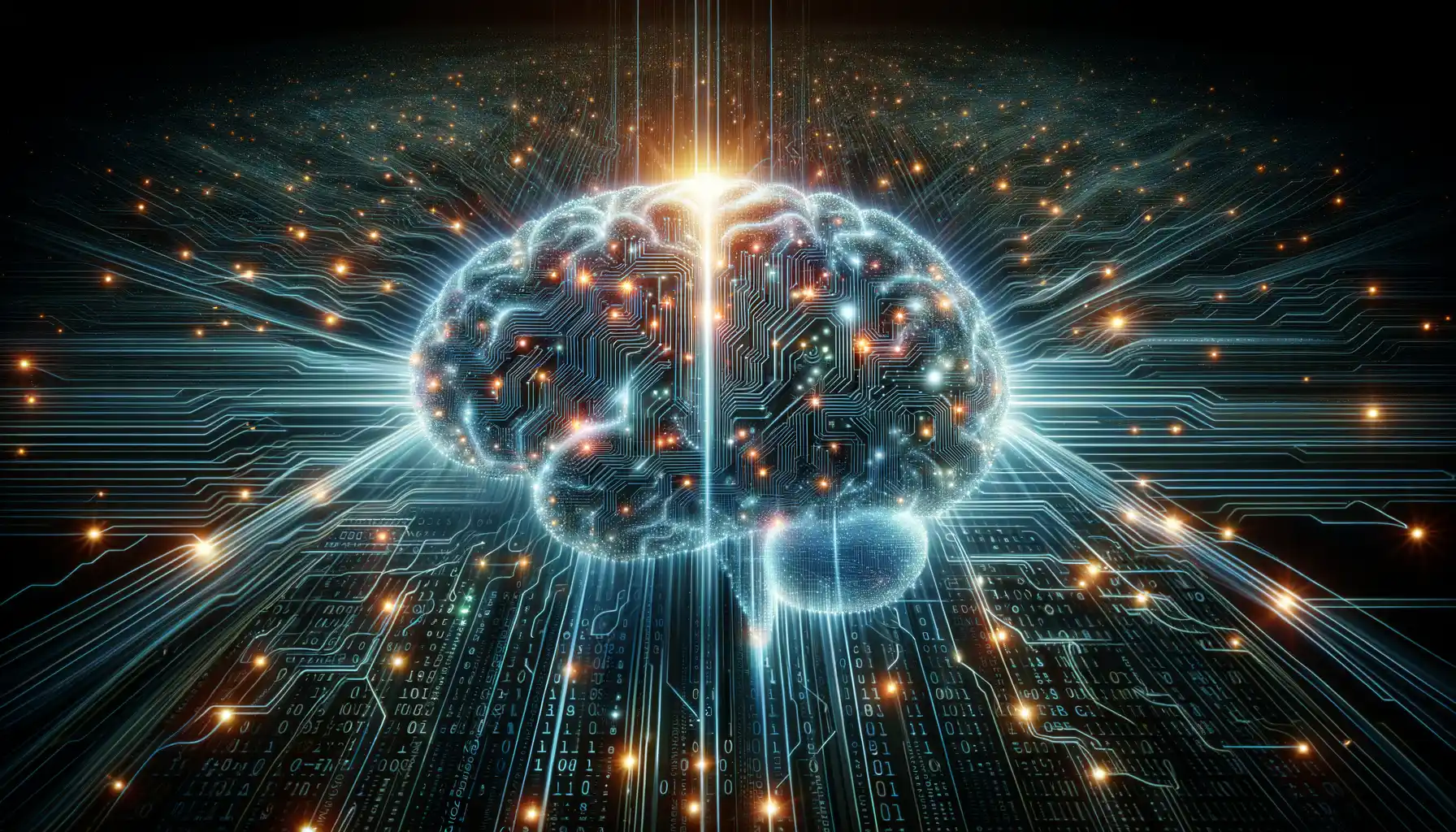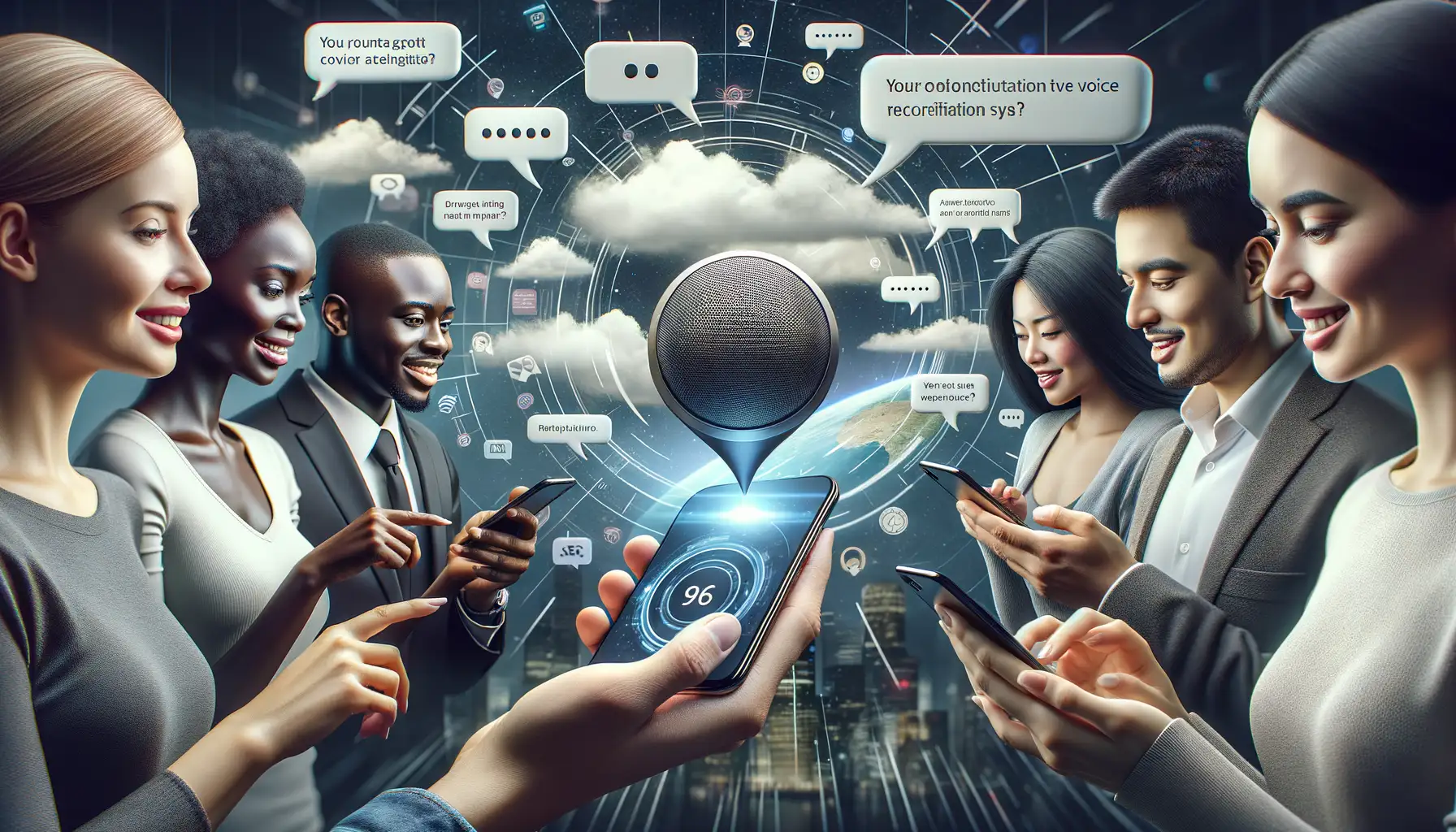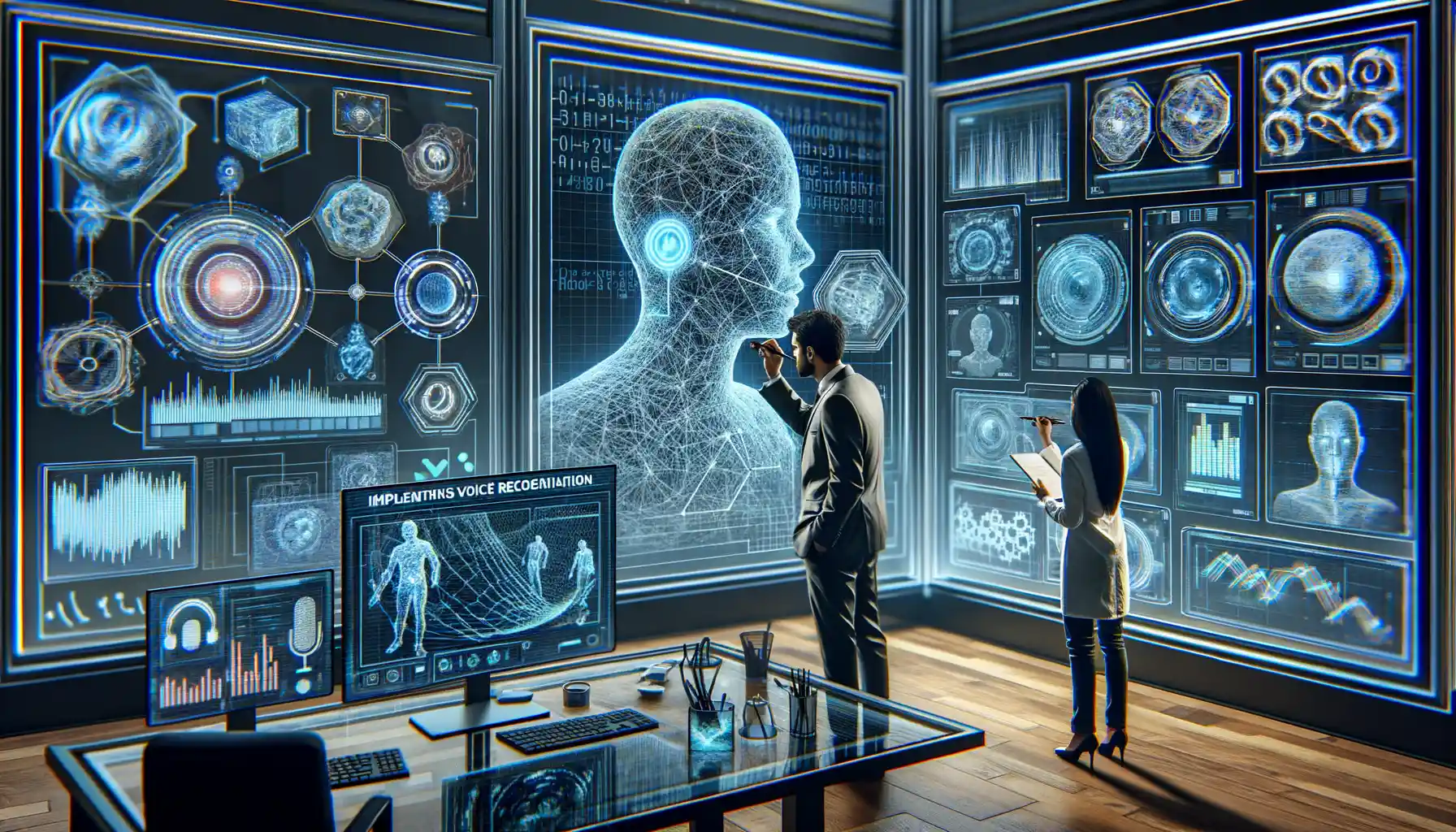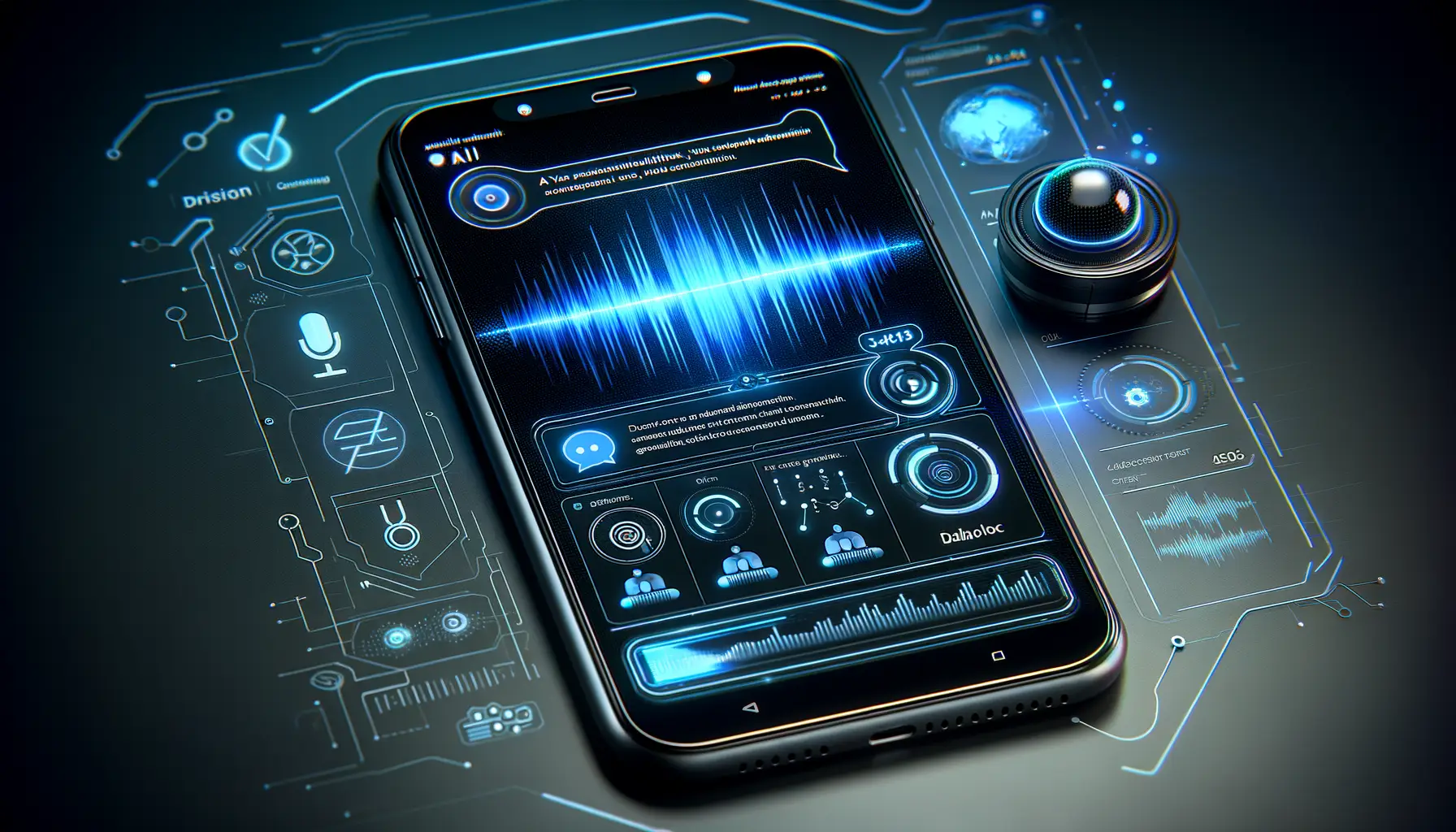Key Advancements in Voice Recognition Technology
Breaking Barriers with Real-Time Accuracy
Voice recognition has leaped forward, turning what once felt like a clunky sci-fi experiment into a seamless, almost magical experience. Remember the early days when you’d speak into your phone and it would spit out words that made zero sense? Those headaches are history. Thanks to advancements like deep neural networks and machine learning, today’s systems can understand not just words but intonation, slang, and even accents with jaw-dropping precision.
Imagine this: you’re dictating a message during your morning commute, coffee in one hand. Instead of struggling with “ducking autocorrect” (we’ve all been there), the app now grabs every word perfectly. No repeats. No frustration. This isn’t just about catching words; it’s about *understanding* them in real time.
- Acoustic modeling has revolutionized how machines interpret human speech, translating sounds into textual magic.
- Contextual awareness ensures that apps can distinguish between “write” and “right” based on the conversation at hand.
It feels less like talking to a machine and more like a quick chat with an attentive friend. How’s that for progress?
Inclusive Design Meets Global Communication
Another game-changer? Voice recognition that embraces diversity. Have a thick Scottish accent? Speak rapid-fire Spanish? Or maybe you switch between languages mid-sentence? Modern systems, powered by AI-driven adaptability, thrive in this complexity.
Consider how apps like Google Assistant or Siri now recognize dozens of dialects. It’s not just about language options; it’s the ability to “hear” you as *you*. The tech now trains on vast datasets sourced from speakers worldwide, learning nuances most humans might miss.
Voice recognition isn’t just evolving—it’s becoming a bridge, connecting people in ways we didn’t think possible a decade ago.
Integration of AI and Natural Language Processing

Unlocking the Power of Language Understanding
Imagine having a chat app that doesn’t just recognize your voice but actually *feels* like it understands you, as if it’s hanging on to every word you say. That’s the magic of combining Artificial Intelligence (AI) and Natural Language Processing (NLP). It’s not just about transcribing what you speak anymore—it’s about interpreting, contextualizing, and even predicting what comes next.
With cutting-edge NLP algorithms, AI-powered apps can dive deep into nuances: they pick up on accents, slang, or even that sneaky sarcasm you love to throw into your conversations. Think about how much smoother misunderstandings could be when your app knows that “I’m fine” sometimes means anything *but* “fine.” It’s like having a friend who truly gets you, without the awkward text back-and-forth.
- Context matters: AI now tracks conversational flow, so responses feel collaborative, not robotic.
- Emotional intelligence: Some systems can even detect frustration or excitement in your tone!
From Passive Listener to Active Participant
Here’s a shift worth celebrating: these apps aren’t just passive messengers anymore—they’re active participants. By integrating NLP with voice recognition, they analyze intonation and keywords while predicting your intent. Picture this: you’re asking your chat app about restaurant reservations. Instead of a generic Google-like response, it suggests options based on your past foodie adventures or even nearby places open late because it recognizes urgency in your voice.
This blend is what really takes modern communication to the next level—turning basic apps into companions that anticipate your needs, reflect your style, and, let’s face it, make life a whole lot easier.
Benefits of Enhanced Voice Recognition in Chat Applications

Transforming Conversations with Smarter Voice Recognition
Imagine chatting hands-free with a friend across the globe, and your app captures every word effortlessly—even when you’re whispering in a noisy café or racing down a busy highway. That’s the magic of enhanced voice recognition! With cutting-edge AI, chat apps no longer mistake “there” for “their” or stumble over accents and dialects.
What makes this tech feel almost human? It learns you. Yes, your unique tone, pace, even quirks like calling your cat “Mr. Fluffles” instead of “Fluffy.” The result? Better context and conversations that actually sound like *you*.
Here’s what users can expect:
- Crystal-clear accuracy: Forget misheard words—advanced models decode speech with near-perfect precision, even in chaotic environments.
- Natural flow: No more unnecessary pauses; the app adapts dynamically to your rhythm.
The Emotional Power of Seamless Communication
But it’s not just about convenience—it’s personal. Think of someone with a speech impediment comfortably chatting away because their voice is understood, not judged. Or a multilingual user switching languages mid-sentence without breaking stride. Enhanced voice recognition isn’t just “functional”; it’s freeing. The future of chat apps is one where every voice feels valued and heard.
Challenges in Implementing Advanced Voice Recognition

The Hidden Puzzle Pieces: Technical Hurdles
Voice recognition may feel magical when it works seamlessly, but behind the curtain, a web of technical challenges lurks. One major headache? Dialects and accents. From a smooth Texan drawl to the quick clip of a Glaswegian accent, speech patterns make designing a one-size-fits-all model tough. AI models can stumble, turning “I need directions” into “I eat corrections” — frustrating for users and engineers alike!
Another obstacle is ambient noise. Have you ever tried commanding an app in a crowded café or during a gusty walk? Poor performance in noisy environments is like trying to hear a whisper at a rock concert—good luck!
Then, there’s the complexity of training data. AI demands mountains of audio snippets paired with text, but perfection remains elusive because real-life conversations rarely follow a script. Idioms, slang, even a chuckle mid-sentence can throw off recognition algorithms.
- Regional speech quirks: Including code-switching and blended languages.
- Sensitive topics: How does AI filter ethical boundaries without overstepping?
- User privacy: Striking the balance between reliable recognition and safeguarding personal information.
Trust Issues: Bridging the Gap
Users often hesitate to trust voice recognition. Why? Because nobody wants misinterpreted words sent as messages! Let’s face it: when tech blunders in tasks as personal as communication, it undermines confidence in the app. If your voice chat system struggles to understand a child’s giggle-ridden sentences or misses emotion in a heartfelt plea, frustration brews.
And human emotions are messy — sarcasm, pauses, or subtle communication cues can bewilder even the sharpest AI. Users expect recognition that feels intuitive, not robotic. Solving these issues? It’s no small feat! But it’s a quest worth pursuing because once trust builds, the payoff is transformative.
Future Trends in Voice Recognition for AI Chat Apps

Personalized Voice Interfaces: The Future of Connection
What if your AI chat app didn’t just understand your words but truly recognized *you*? The future of voice recognition is shifting towards profoundly personalized interactions, and it’s about to get exciting. Picture this: You’re multitasking, cooking dinner, and the app not only picks up your commands through the clatter but also adjusts its tone and style to match your mood—did your voice sound stressed today? It knows.
Future trends promise a world where voice biometrics will unlock highly secure, tailored experiences. Imagine not needing passwords ever again—just speak, and voilà, access granted. And let’s talk about accents! Advanced models are evolving to embrace all walks of language, from thick Scottish brogues to laid-back Californian slang.
- Emotion detection: Apps will decode whether you’re excited, tired, or frustrated.
- Multi-speaker intelligence: Sorting voices in a group conversation faster than you can say “Who speaks first?”
The future isn’t about machines obeying commands; it’s about them intuitively partnering with you. These advancements are like having a best friend who finishes your sentences—but in the form of code and circuits.
